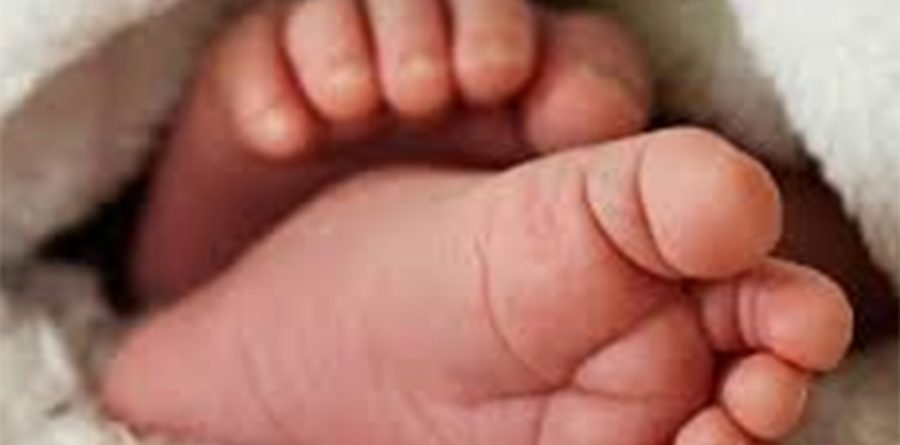
Air pollution exposure during pregnancy puts unborn babies at risk in SA
Pregnant mothers living in air pollution hotspots in South Africa risk bearing a child with a congenital birth anomaly; specifically orofacial cleft lip and palate (CLP). This is according to research done by the South African Medical Research Council (SAMRC) in partnership with surgeons, researchers and Operation Smile. The research was presented this month at […]

Pregnant mothers living in air pollution hotspots in South Africa risk bearing a child with a congenital birth anomaly; specifically orofacial cleft lip and palate (CLP).
This is according to research done by the South African Medical Research Council (SAMRC) in partnership with surgeons, researchers and Operation Smile.
The research was presented this month at the Climate Child Health Series: The Impact of Climate Change on Newborn Health Outcomes held online by the US Child Health Task Force and United Nations International Children’s Emergency Fund (UNICEF).
According to the SAMRC, the study draws together cases of patients with CLP from 2006 to 2020.
Drawing from two databases, 2 515 cases were studied about air pollution assessed at the mother’s residence.
“The research identifies an association between the increasing trend in CLP and a mother’s exposure during early pregnancy to particulate matter (PM) air pollution, PM10 and PM2.5,” the institution explained.
The experts defined the CLP as birth anomalies that typically affect a baby’s lip or mouth and nose because these parts do not form properly during pregnancy.
“This may happen during weeks four and seven of pregnancy. When a baby is developing, body tissue and special cells from each side of the head join to make the face.”
There are several possible causes of CLP, according to the SAMRC.
These include genes, what the mother eats and drinks, whether a mother smokes, uses a certain type of medication during pregnancy and the environment in which the pregnant woman lives.
According to scientists, the environment has been less explored, which is the reason research was conducted.
Chief Specialist Scientist at the SAMRC’s Environment and Health Research Unit, Dr Caradee Wright, said: “Air pollution levels are known to be high in South Africa, coming from coal-fired power stations, traffic, domestic fuel burning, mining, industry and other sources.”
“We wanted to explore whether a mother’s exposure to air pollution affected her baby’s cleft lip and palate risk in South Africa.”
Wright said the CLP birth hotspot clusters were found in district municipalities in Gauteng, Limpopo, North West, Mpumalanga, and Free State.
The findings emphasise the need for more stringent air quality management in South Africa to protect the health of unborn children.
Researchers have also called on the National Ambient Air Quality Standards and Air Pollution Priority Areas to manage the air quality strictly.
“Information needs to be provided to mothers regarding the risks that air pollution poses to their unborn child – especially in very early pregnancy so it’s important that if someone wants to fall pregnant, they try and limit air pollution exposure.”
According to the SAMRC, this can be done by avoiding making fires indoors without adequate ventilation, and not walking or exercising on busy roads during peak traffic hours.
According to the SAMRC, CLP patients experience a higher mortality risk and deal with the adverse effects of physical challenges such as speech impediments, physical deficiencies in appearance, and psychosocial issues.
“Added to the difficulties confronted by children with CLP are nutritional problems caused by the inability to consume food. The malnutrition that is a result of CLP is not properly recorded because the death certificates list these deaths as malnutrition.”
The research found that the use of a multidisciplinary approach, where multiple disciplines collaborate and share data on all maternal information and pollutant volumes in all provinces of South Africa can prevent CLP where possible.
It also can reduce suffering and financial burden on those affected. – SAnews.gov.za
